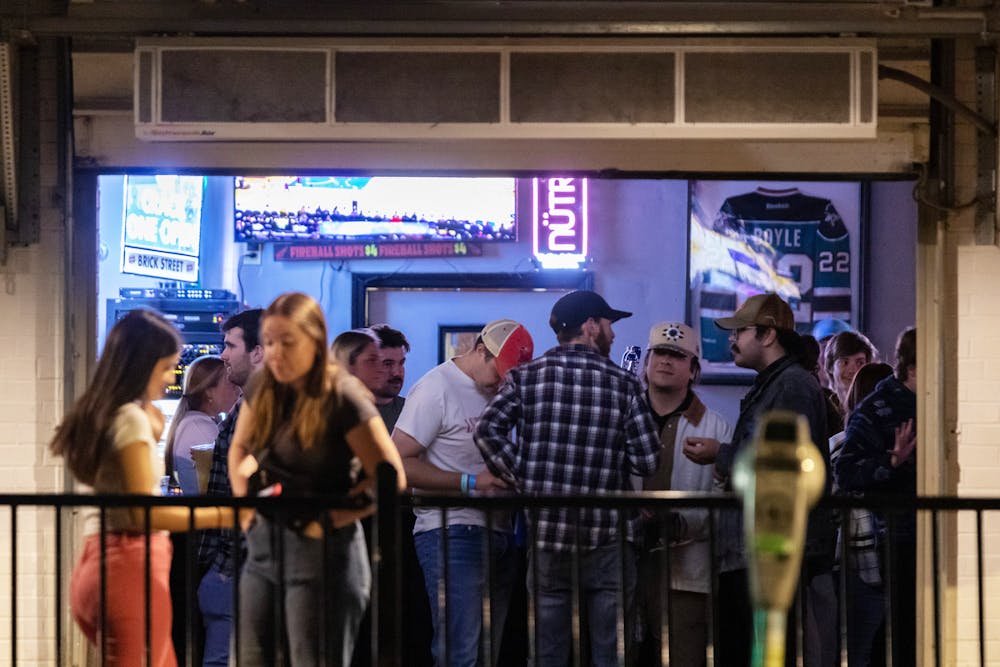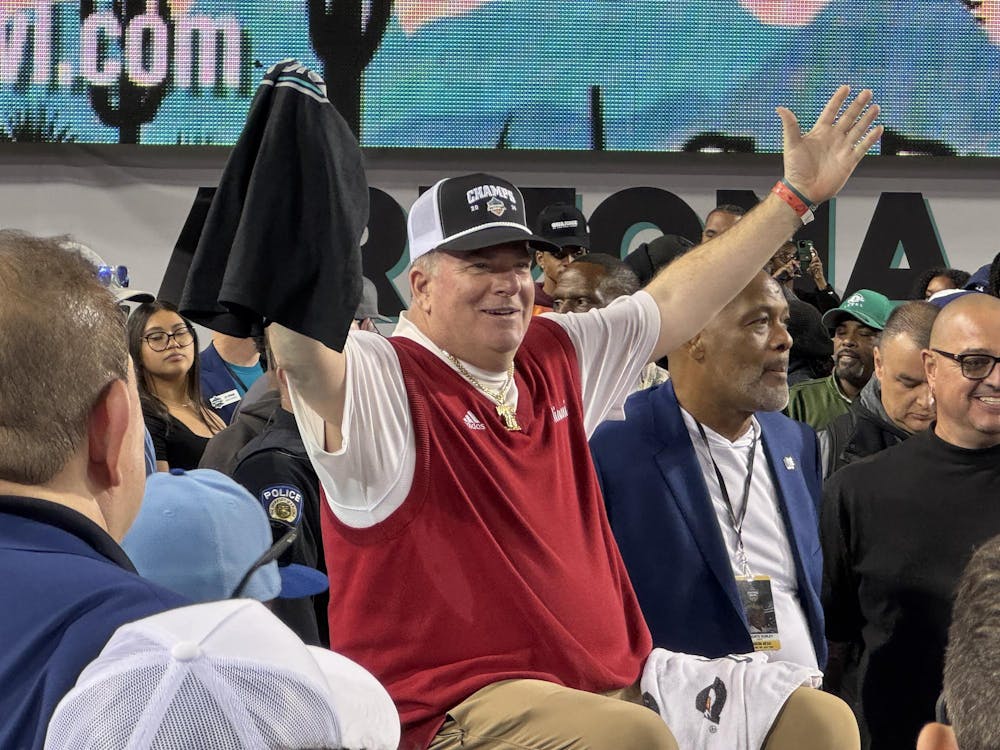It’s the summer before your first year of college, your first taste of freedom. You are excited to meet new people but it's also nerve-racking. Fitting in is your top priority.
“Everybody has [a fake ID],” an anonymous first-year student at Miami University said. “And it’s just a normal thing to have one, and if you don’t have one it feels like you're the odd one out.”
Charlie (using an alias), got his fake Indiana license right before attending Miami. He ordered the fake ID from a dealer who prints them out in his hometown and said he uses it at least once every weekend.
“I use it at Brick Street for one, The Woods and Sidebar,” Charlie said. “They usually work there. But … I heard Corner doesn’t allow you.”
Although Charlie obtained his fake ID the old-fashioned way (through word of mouth), according to Chief John Jones of the Oxford Police Department (OPD), ordering fake IDs online has become more common recently. He said while underage drinking violations have decreased since the COVID-19 pandemic, he said he believes fake ID quality has increased.
“Fake IDs are better,” Jones said. “They’re not being made by a student in his apartment. They’re ordered online and they are very real-looking. I think they are more readily available.”

Madeline Lepard, a bouncer at Bar 1868, a 21-and-up bar, said it’s pretty easy for her to spot a fake ID. Since starting her job there last semester, she’s been learning how to recognize if an ID is real and recently started studying a book of all the state IDs. She said on a typical night, she will come across 15 to 20 fake IDs.
“I usually ask for another form of identification, and then if they give me another one and I can tell it’s real, then they can go in,” Lepard said. “But if it’s fake, I usually say they are not allowed in … they are well aware they aren’t getting in … and people just kinda go ‘OK’ and turn away.”
Charlie said he’s been turned away from many bars after trying to use his fake to get in. One night, he got turned away from every bar he went to. But for the 18 and up bars like Brick Street Bar, it's not so much about getting in as it is about getting drinks.
“I’ve gotten told once or twice from a random bartender, ‘This shit’s fake as heck,’” Charlie said.
Enjoy what you're reading?
Signup for our newsletter
Charlie said even after recognizing the fake, the bartenders at Brick Street still chose to serve him alcohol.
Jones said a few times a year, OPD will do uniform bar checks and send “plainclothes officers” into different bars to watch for underage intoxication, drinking and fake IDs. He said this is part of their alcohol enforcement strategy which keeps bars and bar patrons honest, but OPD aren’t the only ones doing this.
“State Liquor Control – they are also a law enforcement branch that might do some enforcement activity at a bar,” Jones said. “They may arrest someone for being underage, but they also have powers to enforce administrative rules against their permit.”
If an officer from the Ohio Division of Liquor Control witnessed a bartender pour an underage person an alcoholic drink, this could result in fines, liquor license suspension or other consequences.

OPD has collected nearly 3000 fake IDs since 2015.
Even though it’s a first-degree misdemeanor to possess a fake ID in Ohio, bar staff do not have the authority to confiscate the card. Only law enforcement officials can take a fake ID and because resources are limited, officers typically obtain fake IDs outside bars while on patrol.
“[In] most of the encounters with fake IDs, we’re already arresting someone,” Jones said, “maybe for underage intoxication or underage possession … because they are fairly prevalent here, we might find them through an encounter at a traffic stop.”
Jones advised underage people against getting fake IDs since it’s just one more charge on top of underage drinking. Lepard agreed getting a fake ID isn’t a great idea and isn’t necessary to have a good social life.
“I didn’t get one my entire time at Miami and I was fine,” Lepard said. “And I’m in a social sorority. I’m in a bunch of different clubs, where people go out and everything, and I was fine without one.”
Contributing reporting done by Lauren Kelley




